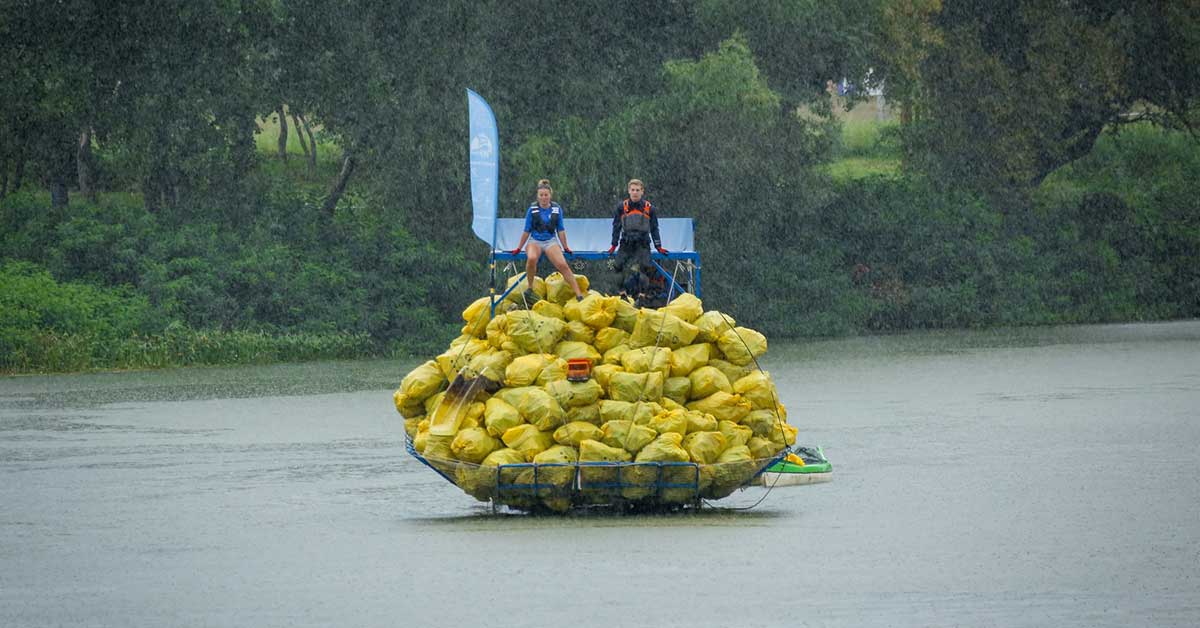The Central Tisza Rural Water Management Directorate reported on its social media page that the draining of Lake Tisza was completed on 25 November without any problems and according to the preliminary schedule.
The difference between natural and artificial lakes
They have highlighted that, contrary to its name, Lake Tisza is not a lake, but a flood plain reservoir, which unites the river and its floodplains. Hence, maintaining a higher water level in winter is a greater risk, because for every centimetre of the reservoir’s volume, there is nearly one million cubic metres of water, or a similar mass of ice.
How dangerous is ice?
Once the ice cover has formed, it be can’t be removed from the reservoir by pre-draining, but only during flood conditions.
A possible flood could break up the ice mass that would threaten the flood protection embankments, forest stands, infrastructures of tourism and the Kiskörei Dams.
It also increases the risk to the safety of life and property in the 13 municipalities around the reservoir. In this respect, the most critical sections are the sections between Sarud and Tiszanána and the narrowest part of the reservoir, a constriction at Tiszaderzsi where the waterplain is only 600 metres wide, so that significant ice jams can.
Protecting the fauna
The adjustment of the winter water level has a significant impact on the biosphere of Lake Tisza, in particular on fish stocks. During operation, the Directorate monitors the biological aspects of fish and, where appropriate, take possible measures to prevent and remedy any adverse conditions.
An opportunity to discover hidden sights
In addition to large open water areas, Lake Tisza is unique in its wetlands with marsh vegetation, backwaters, morasses, natural watercourses, irrigation channels, islands and peninsulas. Many of these can be accessed and explored.
Looking for some human-made surprise? You may want to look for the wreck of an old ship, the Délibáb (Fata Morgana) that was built in 1934 in the Škoda factory in Komárom, and she initially sailed the Danube as ‘Bratislava’. She was renamed to Megyer in 1938 and was taken to river Tisza, where she sank for the first time in 1944. When she was recovered a year later she got her final name, Délibáb, but sank again in 1984 – she wasn’t recovered the second time, but the lucky ones can see what remained of her beauty during wintertime.


